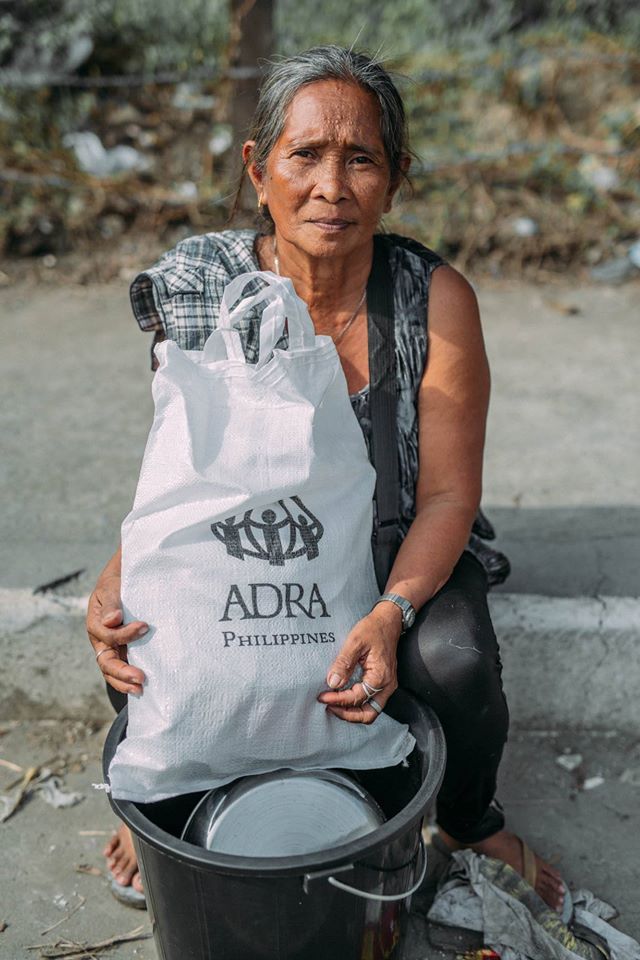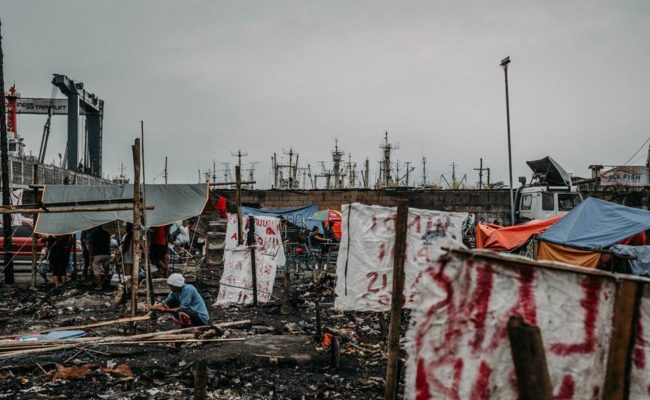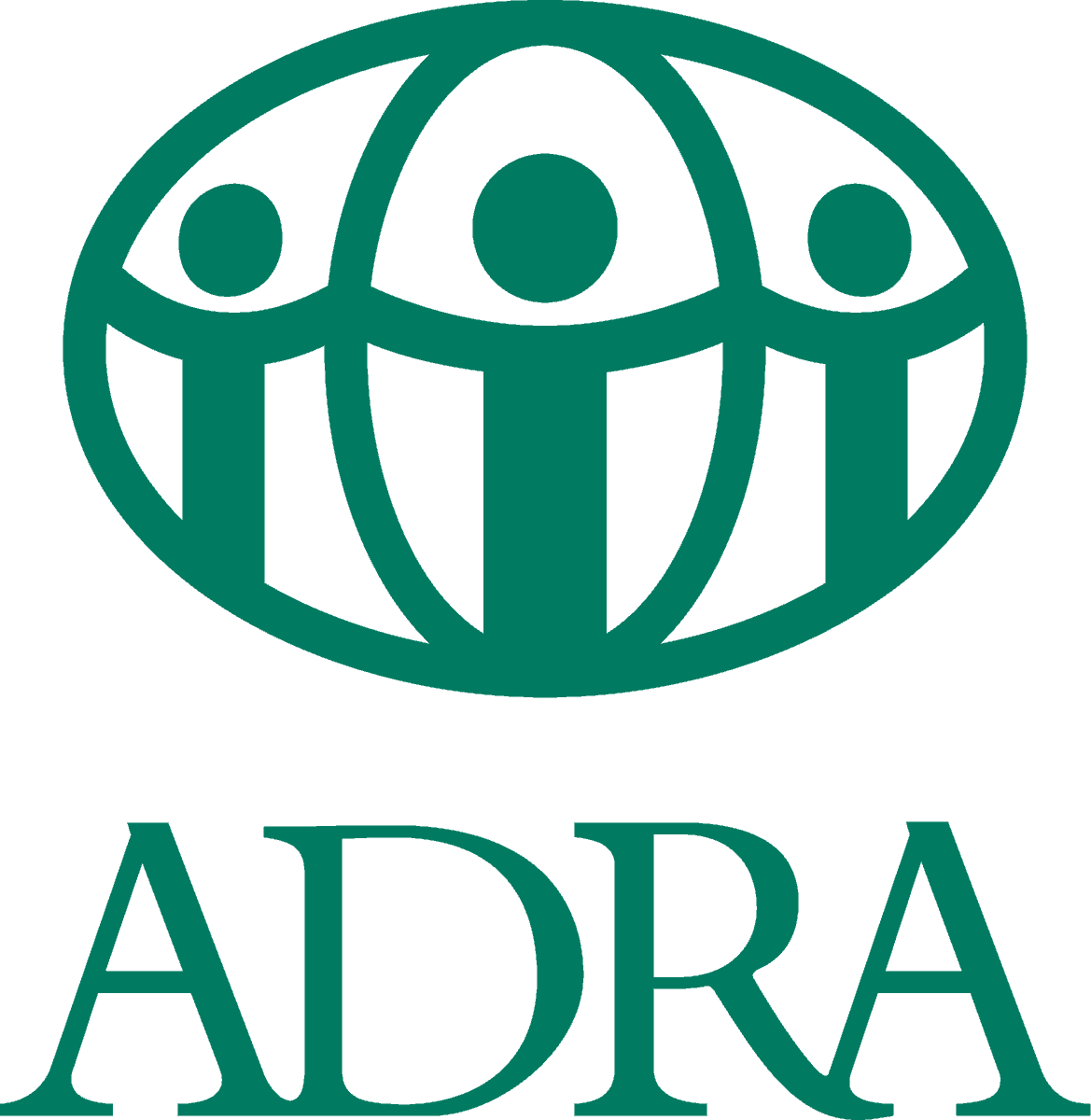When fire struck the Market 3 compound in Navotas’ Fish Port Complex in the early hours of Tuesday, January 10, Teresita Gediela had to leap out of her burning house to stay alive. This was no mean feat: Aling Teresita is 64. But she’s spent three decades in the Market 3 shantytown, and if the place has taught her anything, it’s how to survive.

“Our life here is difficult,” she tells us days later, sitting on the curb outside the two-hectare lot that was once home to her and around 700 other families. “Perseverance is what keeps us alive. We have to work hard just to scrape by.”
Before the fire, that meant selling barbecue at the nearby market whenever her financial capital or health allowed. Though she has six children, all of whom live with her in Market 3, Aling Teresita insists on earning her own money.
“I don’t want to depend on my children, because they have their own families now,” she explains. “If I just kept asking for support, my in-laws would resent me… They’re kind people, but it’s better to keep working, even at my age.”
The flames took her store, though, and the rest of her family’s home and possessions with it. Dismay strains her voice as she recounts that night.
“The fire was out front. We lived in the house just behind it. When the flames went up — ” She shakes her head. “It’s a good thing we weren’t harmed. We couldn’t save anything. We fled barefoot. People say, at least we got out, we didn’t die. That’s okay by us. But now we live out here.”

The local government has repurposed two covered courts as emergency shelters for Market 3’s displaced residents. There’s little in the way of facilities or equipment. While initial relief drives supplied food packs and canned goods for the residents’ daily needs, Aling Teresita and her neighbors soon found themselves lacking the tools to make the most of these donations.
In response, ADRA Philippines partnered with the Central Luzon Conference’s Adventist Community Services (ACS) ministry to distribute 600 kitchenware kits to affected families. Each kit includes a pot and pan, cups and plates, utensils, and a plastic pail and dipper to help families prepare meals and collect water.
“Now I’ve got something to cook rice with, I can cook food,” Aling Teresita tells us on distribution day. She rummages through her kit, and her worn face breaks into a grin. “Now we just need to find a gas range.”
It’s a perfect summation of what life has been like for her and the rest of Market 3 after the fire: clearing the barriers to resuming their daily routines, step by step. With the local government reluctant to let residents return to the razed compound, however, it’s unclear whether a path back to their old lives is even possible.
“We don’t know what happens now, where we’ll go. We’re waiting on the decision of the fish port,” Aling Teresita says. “It’s sad, because we’ve lived here a long while. Imagine – thirty years!”
Even more than the enormity of their losses and the setbacks that Aling Teresita and her neighbors now have to endure, this, perhaps, is the fire’s gravest effect: a looming uncertainty about the future that casts a pall on the residents’ efforts to rebuild their lives.
Aling Teresita seems to speak for her community when she wonders, “If they move us elsewhere, what will we know of life there?”
Her thirty years in Market 3 have been hard, but they have given Aling Teresita time to find a place for herself, to stand on her own two feet. Where those feet will take her now, Aling Teresita doesn’t yet know. But with the aid of ADRA and other emergency respondents, at least, she remains determined to find a way forward. (Kate Loyola)

